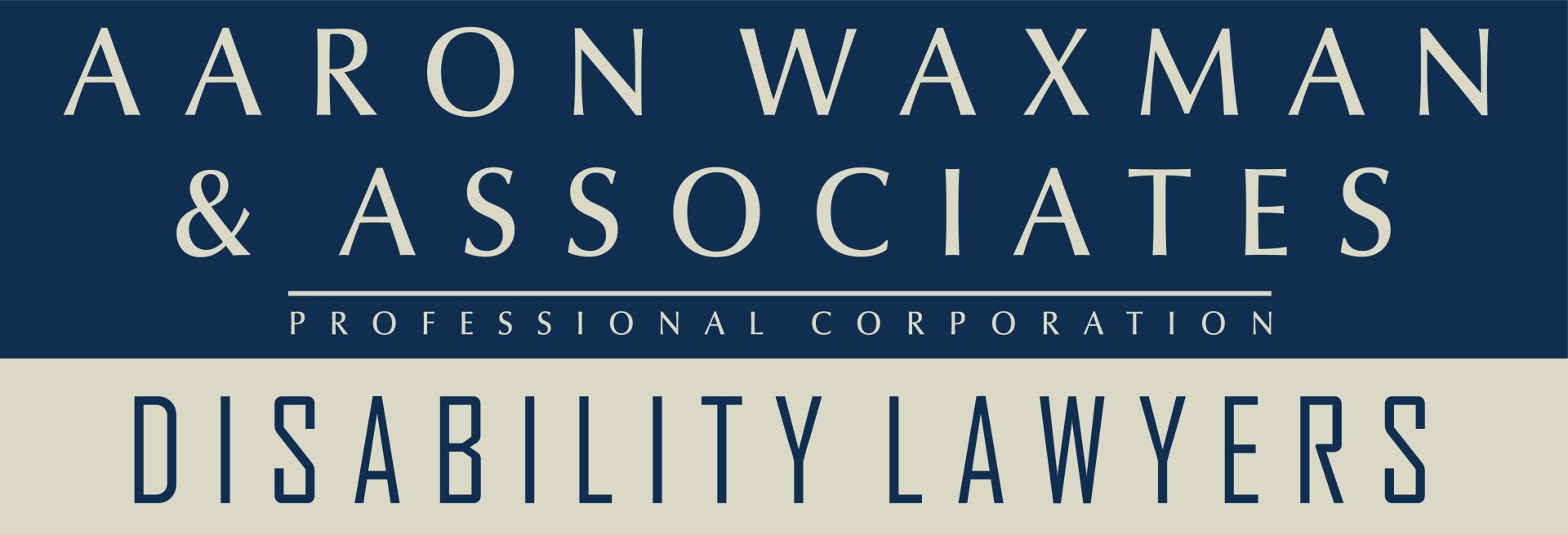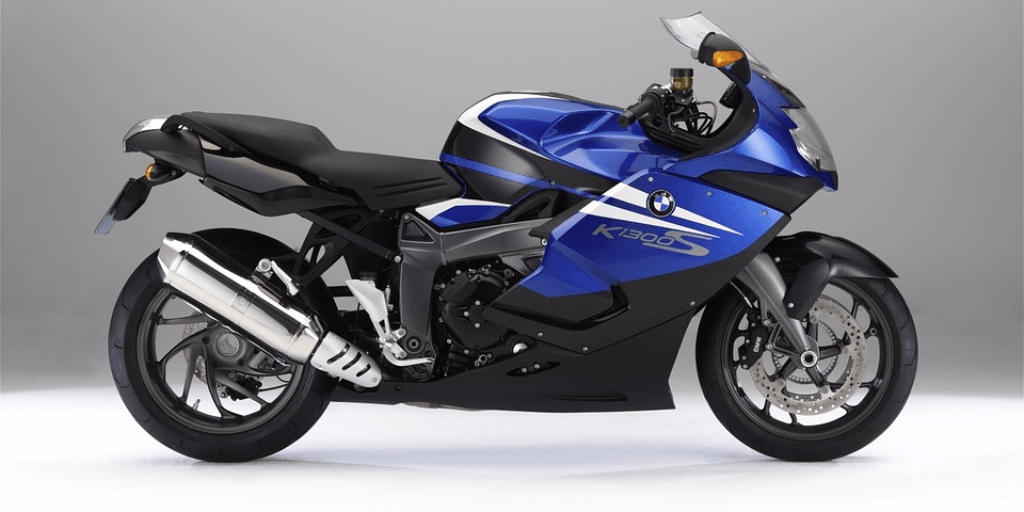Helpful Guide For Motorcycle Accident Claims
Our law firm handles various types of personal injury and disability matters, including assisting those who have been injured as a result of a motorcycle collision.
We understand that after an accident, you may be going through a difficult time and be looking for answers or guidance for your next steps.
What should I do if I’ve been involved in a motorcycle collision?
If you are injured as a result of a collision, you may be wondering what to do next. As an injured person, it is important to know your rights and obligations.
Here are some suggested tips:
- At the scene of the accident, if you can, make sure to get the other driver’s contact information, complete insurance information including the insurance company, policy holder’s name and policy number.
- Call the police. The Ontario Highway Traffic Act requires that all collisions where persons are injured, or there’s a combined damage valued at more than $2,000 to vehicles or property must be reported to the police as soon as possible. If the police come to the site if the accident, you will be able to obtain a partial motor vehicle accident report or a form with the details of your accident, which is an important document that your lawyer will require. If the police do not come to the scene, go to the nearest collision centre so your accident is documented in the same manner.
- If you can, take pictures of both your motorcycle and the vehicle that hit you to show the damage.
- Write down what happened so you have a proper account of the accident when you meet with a lawyer or for reporting your accident to your insurance company.
- If there were any witnesses, obtain their contact information.
- Seek medical attention as soon as possible. Of course, for serious injuries this is a priority! An ambulance may attend the scene of the accident and take you to the nearest hospital. You should also see your family doctor as soon as possible if you can.
- As soon as you can, contact your insurer to report the accident and so that they can send you an application to apply for accident benefits. Accident benefits include income replacement benefits and medical and rehabilitation benefits. These forms may seem confusing and overwhelming, but when you hire a lawyer, they will be able to explain them to you and how to complete them.
- Make a list of and keep track of all your doctors and treatment providers as this information is important for your lawyer to have.
- Keep track of any expenses you have that are “out of pocket”. This type of expense refers to expenses that are not covered by your insurance company.
- Contact an experienced lawyer who handles personal injury claims so you can become informed of your rights and obligations as an insured person and so you do not miss any important limitation periods.
What kind of injuries might occur as a result of a motorcycle accident?
A motorcycle collision can result in various types of injuries, including concussion, brain injuries, fractures, spinal cord injuries and fatality. Consider that motorcyclists do not have airbags or the frame of a car or truck to protect them. Injuries caused by accidents can be severe and life-threatening.
According to the
Road Safety In Canada 2020 report from Transport Canada, motorcyclists fall into the category of “vulnerable road users” as “they are vulnerable by virtue of their lack of protection if struck by a vehicle”. In total, vulnerable road users equate to approximately 30% of traffic fatalities in Canada, with motorcyclists making up for 11% of this number.
According to the
Canadian Motor Vehicle Traffic Collision Statistics, in 2021 there were 232 motorcyclist fatalities (13.1% of all road fatalities) and 13.9% of road users who were seriously injured were motorcyclists.
What happens if I am injured?
A motorcyclist must be properly licensed and carry proper insurance in Ontario. When injured as a result of a collision, you can make a claim for Statutory Accident Benefits through your own insurance company and you can start a lawsuit against the at-fault party (known as a tort claim) if there was an at-fault party.
Accident benefits can include income replacement benefits if you are unable to return to work, medical and rehabilitation benefits to cover the cost of treatment and in cases where injuries are severe, attendant care. For more about accident benefits, click
here.
When you make a
tort claim, you may be entitled to compensation for lost wages, future income loss, out of pocket expenses, future medical expenses and pain and suffering.
Why should I contact a Lawyer?
Navigating the world of accident benefits can be confusing and you may find dealing with the insurance company stressful. An experienced personal injury lawyer can help you to understand your rights and obligations as an insured person and help you when benefits are denied.
A lawyer can also help you to put the at-fault party “on notice” that you intend to commence a legal action against them and help you to build your case.
When you hire a lawyer, you no longer have to deal with the insurance company directly as your lawyer will communicate with them on your behalf.
A lawyer will make sure you understand all the limitation periods (deadlines) that apply and what your responsibilities are during your claims/lawsuit.
Your lawyer can also help you if you have group disability coverage and your short-term or long-term disability claim is denied. As with accident benefits, your lawyer will communicate with the insurer for you which can make life less stressful for you.
Staying Safe
It is important that we all share the road in a safe manner. It is always important to consider your safety (and the safety of others) as a road user, regardless of what type of vehicle you drive, whether it is a car, bicycle or motorcycle. How you drive your vehicle matters and affects the safety of others.
Here are some safety tips for motorcyclists we felt were important to share:
Buy Wisely
Make sure you can handle your motorcycle. According to an article by Consumer Reports, today’s motorcycles are more powerful and faster compared to the bikes of 10-20 years ago.
Learn How To Ride
Attend a training program before you start to ride long distances or ride with passengers. The Canada Safety Council recommends doing so.
Pay Attention
Never operate or ride a motorcycle while distracted or impaired (whether from drugs or alcohol). Texting while operating a motorcycle is dangerous! Enough said. Anything that can impact on your ability to focus and drive can endanger your life and the lives of others on the road.
Protect Yourself
Always wear a helmet and other protective gear including proper clothing, eyewear and closed-toe footwear. The article from Consumer Reports explains that leather is the best choice (even in summer) and provides tips on what types of clothing to buy. A helmet can prevent serious head injuries.
Remember To Signal
Use hand and turn signals whenever possible, while riding, so other road users know your intentions.
Be Visible
Ride in the middle of the line so you are most visible to other drivers. The idea is to share the road, but you don’t need to share the line and drive side by side.
Be Bright
Have an item of reflective clothing so that drivers will see you, especially at night.
Remain Vigilant
Scan the road for any potential debris (e.g. branches, rocks, garbage) or potholes. Wearing proper clothing will also protect you from debris.
Don't Speed
Just because your motorcycle can go very fast, doesn’t mean you should drive it at racing speeds. You need to be able to stop properly (especially in wet weather, or in traffic). This is also why it is recommended that you invest in a good set of brakes and check your brakes on a regular basis.
Use Your Lights
Keep your headlights and taillights on during rainy weather, at night and at dusk.
Keep Your Distance
According to the Canada Safety Council, you should leave a generous following distance between you and the vehicle in front of you. Leave adequate space when following, being followed and sharing the lane, passing other vehicles etc.
We offer a free initial consultation that can be arranged at a date and time of your choosing and at your convenience.
Recent posts from our Knowledge Centre
- This blog is for informational purposes only and is not meant to substitute legal advice. Please read our disclaimer for further information.
- All of our lawyers are licensed by The Law Society of Upper Canada
- Office in Toronto and able to represent people in the province of Ontario








